MARKET OVERVIEW
The global renewable energy market, along with the industry as a whole, stands on the precipice of fundamental change. While the world confronts issues like climate change and increased demand for energy, renewable energy is destined to lead to the redesigning of the energy map across the globe. This market is to be led through innovation: towards the better and cleaner energy resources but will further transform how that energy is made, stored, and used.
Renewable sources of energy shall be the direction of the future for the following decade, when fossil fuels would have to step aside. There will be developments in the sectors of solar and wind power as well as hydropower that will mark the difference. As time moves ahead, those who produce energy shall have to invest more in its efficient production. Renewable energy cannot be any more costly in the long term. More governments and private companies will collaborate on policies that benefit clean energy, thereby making the market dynamic and competitive.
Energy storage technology will also progress very fast. Because solar and wind-generated electricity is intermittent in nature, this will become a very essential tool to overcome power supply and demand imbalance. Future batteries will be cheaper, scalable, and reliable enough to store energy during peak hours so that the same energy may be utilized at low production hours. This innovation will enhance the overall stability and reliability of the global renewable energy market, further driving its adoption worldwide.
Apart from enhancing the storage capacity, the global renewable energy market will see a significant feature of grid modernization. The smart grids will allow real-time monitoring and distribution of energy. This will allow more efficient energy usage and lesser waste. It will also help integrate different sources of renewable energy into national and regional energy systems, making renewable energy a much more reliable source. Increased improvement in grid infrastructure means there would be the decentralized production of energy, giving power back to consumers so they can generate and store renewable energy themselves.
The different nations will use their own approaches to create their renewable energy sectors, but all of them will be moving toward a common goal: away from fossil fuel dependency. Some parts of the world will depend on wind and solar energy for renewable energy sources, while others will invest in bioenergy or geothermal energy. New emerging technologies like tidal energy may start playing a vital role and offer fresh opportunities for generating clean energy from natural resources. The global renewable energy market will be diversified, with each country experimenting in its own way and combining different permutations to meet energy needs.
Public perception of renewable energy will change too. As sustainability becomes a dominant focus for both consumers and businesses, demand for green energy solutions will increase. This will push the industries to take more sustainable practices, and renewable energy will be a key driver in this process. Energy providers will increasingly offer renewable options to their customers, thereby encouraging widespread adoption and usage. Demand will further fuel investments into the development and deployment of renewable energy technologies.
Global Renewable Energy will soon be going through a shift as technology changes, policy changes, and new consumer preferences gain precedence. Potentially, the global renewable energy market will help in redefining how energy is generated and consumed. Therefore, this industry is the future face of global action in the prevention of climate change. In the near future, renewable energy is no longer cleaner; it would form the main pillar of the energy world.
Global renewable energy market is estimated to reach $2,185,902.39 Million by 2032; growing at a CAGR of 8.2% from 2025 to 2032.
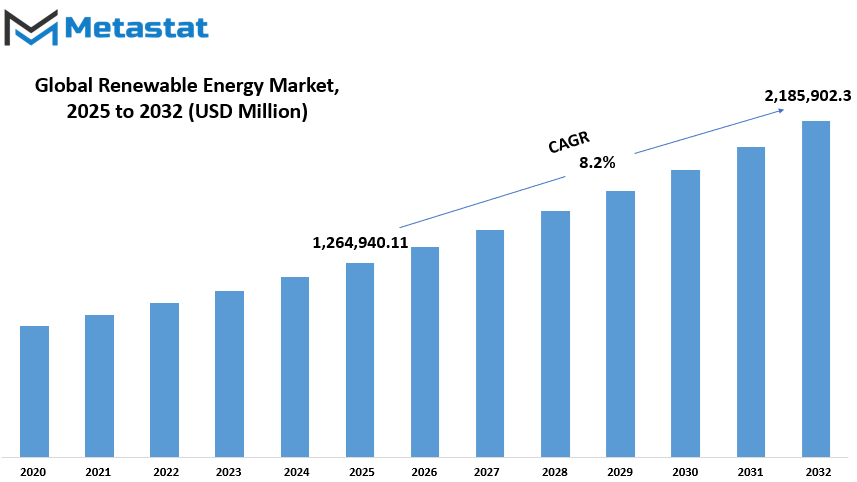
GROWTH FACTORS
The global renewable energy market is booming rapidly. Its growth mainly comes from growing demands for clean energy solutions, primarily due to concerns over climate change and environmental degradation. Most countries and industries regard the shift to renewable energy as an essential step toward the solution to reduce greenhouse gas emissions. Incentives and policies by governments have played an essential role in ensuring the increase of renewable sources like solar, wind, hydro, and geothermal power. Both private and public investments into green energy are created for a greener energy future through these incentives.
However, some issues persist, despite huge milestones achieved by the renewable energy sector:. Some of the challenges that are particularly associated with it are a lot of initial investment needed to put up the infrastructure in terms of renewable energy. Building the solar and wind farms is never cheap. Much money is used to acquire a suitable piece of land, construct the structure, and maintain the equipment. Such investment scares some investors or puts the brakes on the rate at which renewable energy projects can be erected, and hence slows market growth.
Another challenge is the intermittency and reliability of some renewable energy sources. Solar and wind energy, though abundant, are highly dependent on weather conditions. They may not be available at times when they are needed. For instance, the sun does not shine at night, and wind does not blow consistently. This may make it unreliable for providing stable and uninterrupted power, especially to regions with severe climatic conditions. As a result, most generators that use renewable energy have to rely on supporting backup power systems; hence, it is more costly to operate.
Despite this, there is an optimistic outlook regarding the global renewable energy market in the future because of innovations in the energy storage system. Other forms of store solutions such as batteries have also improved and make it easier nowadays to reserve excess energy obtained when producing at peak times. More importantly, advancement in these other storage solutions will be helpful to overcome these reliability issues that these solar and wind energy solutions pose. Renewable energies will be reliable sources of uninterrupted power as technological advancement improves more efficient and competitive storage technologies in the future. This development offers new chances for growth in the market and opens doors for businesses, investors, and governments to further develop renewable energy systems and increase their usage.
In a nutshell, despite its difficulties in high capital costs and issues of energy reliability, growth in the renewable energy market will still continue due to increased demand for clean energy and support from the government along with technological advancement in energy storage.
MARKET SEGMENTATION
By Energy Source
The global renewable energy market has had exponential growth in the past couple of years as people become conscious of needing a cleaner source of energy. In comparison to the diverse sources of renewable energy, the leading one in this respect has turned out to be solar energy. In fact, solar energy itself amounts to $558,792.91 million and has thereby come to become an enormous piece of the global renewable energy scenario. As countries and businesses continue to invest in solar technologies to reduce their dependence on fossil fuels and combat climate change, the value of solar energy increases.
Besides solar energy, the most important component of renewable energy is wind energy. Onshore as well as offshore wind farms are increasingly being put to use which produces clean electricity without harmful pollutant emissions. Technological development in wind turbines has made it cheaper and therefore more accessible to the people and as such wind energy has been on the rise constantly, and investments in clean energy sources worldwide have been constant.
Hydropower is another major source of renewable energy. Hydropower siphons from the power that existing flowing water contains and generates electricity without coming to harm the environment. Though hydropower has existed for centuries, it remains the basis of the global renewable energy market in most areas having enough water resources. Large hydropower plants remain a source of renewable energy that is both reliable and cost-effective, but smaller hydropower projects are increasingly popular for their minimal environmental impact.
Bioenergy, which involves using organic materials such as plant and animal waste to generate power, is also growing in the global renewable energy market. Bioenergy has advantages because it turns waste materials from non-use categories into a highly valuable resource, hence offering several opportunities for fuel. This means it can serve the purpose of electricity generation and even heating for domestic use; further, one can use these biofuels to produce transportation fuels.
The lesser known resource, on the other hand is geothermal power. From these, power comes in through extracting and using earth heat for reliable plant generation of a steady electricity power. Mostly in regions which highly exhibit volcanic regions with high-enthalpy resources such as those known and exploited within major geothermal reservoirs worldwide; geothermal offers highly renewable resource production while carrying little harm environmentally in making electrical power.
The global renewable energy market will continue to increase as these different energy resources are incorporated more integrally into the world's energy infrastructure. The trend toward renewable energy will increasingly improve as technology advances and costs decrease, helping progress toward a more sustainable future for generations.
By Technology
The global renewable energy market has transitioned gradually with time because it is directly related to the requirement of clean and sustainable sources of energy. The global renewable energy market can be differentiated into several types or segments, one of which differentiates it based on technology source. Of these, the two major technologies involved are onshore and offshore, each of which have their respective benefits and drawbacks.
Onshore renewable energy means systems that generate on land. There is, for example, wind power. Onshore wind turbines are put on the ground in windy open areas. The turbines convert the natural force of the wind into electricity. Onshore wind farms are usually less expensive to construct than offshore as they do not need the special infrastructure required to place them off shore. Maintenance costs of onshore wind farms are often cheaper because accessing the turbines is easier. However, onshore wind farms suffer from a shortage of space and, in some regions, also face public opinion on environmental or aesthetic grounds. Further, their efficiency is less at areas where winds are relatively lower.
Offshore renewable energy involves generation at sea. Offshore wind turbines are mounted on bodies of water but are normally found in deeper and more inaccessible regions than onshore wind farms. The installations have stronger and steadier wind speed, meaning they are highly efficient. Offshore wind farms could produce more power than any onshore counterparts because they are located in better regions with regard to wind conditions. However, offshore wind farms are much more expensive to develop and maintain. The logistical problems of building and maintaining turbines in the sea are immense, because it requires specific equipment and vessels. In other words, this is enormous and has much bigger potential in those places where land for erecting onshore installations is available in limited proportions.
Onshore and offshore renewable energy technologies play their important roles as the world turns to cleaner sources of energy. The imperative to decrease fossil fuels and cut back on emissions would mean that growth in renewable energy technologies is just unavoidable over the next couple of years. Even though onshore systems are widely available and cost-effective in many places, the only promise for rising demand for clean energy is made by offshore systems in regions where onshore resources are inadequate. In the future, global renewable energy market is likely to combine both of these technologies together toward the same end of producing sustainable energy.
By Application
It can be easily derived that the global renewable energy market is progressing worldwide at an enhanced rate owing to the higher requirement of pure sources of sustainable and clean energy. This progression comes from various perspectives, namely concerns about environment degradation, innovative development in renewable sources, and even policy-related change. Industrial, residential, and commercial segments mainly comprise this type of energy consumption.
A part of such operational and industrial scales meets their demands mainly through renewable sources of energy. Factories and manufacturing plants are now beginning to use renewable energy sources to power their operations, reduce carbon emissions, and adhere to the government's standards on low emissions. Among the most prominent options among industrial applications for alternative and renewable energy sources are solar panels, wind turbines, and biomass energy. The industrial sector will also continue this trend of migrating towards renewable sources, not only because it is cheaper but also because it makes production processes more environmentally friendly.
The residential sector is also seeing a similar aggressive move towards renewable energy, since home owners are looking to cut down on their bills and simultaneously solve environmental problems. The most obvious choice for renewable energy in residential applications is solar energy because this will enable homeowners to generate their own electricity. This phenomenon can be better understood with the growing supply of low-cost solar panels and government incentives for installing solar panels, among other advantages.
Moreover, with various home battery solutions, the energy storage trend is getting quite popular. In this, one can store surplus energy generated by solar power panels to use when there are non-sunny periods. The usage of renewable energy for residential purposes will increase, and people want to be sustainable as well as become energy-independent.
The corporations in the business sector embrace renewable energy sources that help them decrease their operating cost and build their green reputation. Commercial buildings, office buildings, and retail malls have started adopting the installation of solar panels, wind turbines, and geothermal systems for alternative forms of clean energy sources. Some corporations are also investing in efficient technologies meant to optimize the utilization of their sources of energy.
The rising need for corporate sustainability gives the commercial industry a broad and significant margin by forcing organizations into reducing environmental footprints. There will be a tremendous rise in the commercial application of renewable energy as firms look for long-term savings and the ability to meet sustainability goals.
Overall, the global renewable energy market is expected to grow in all its applications since there is high demand for sustainability, coupled with a rapid rate of reliance on clean energy. All the sectors-industrial, residential, and commercial-have had a long journey with expanding markets and contribute positively to the global progress in energy resource landscapes headed towards a future that is not as dirty anymore.
|
Forecast Period |
2025-2032 |
|
Market Size in 2025 |
$1,264,940.11 million |
|
Market Size by 2032 |
$2,185,902.39 Million |
|
Growth Rate from 2024 to 2031 |
8.2% |
|
Base Year |
2024 |
|
Regions Covered |
North America, Europe, Asia-Pacific, South America, Middle East & Africa |
REGIONAL ANALYSIS
The global renewable energy market is growing enormously due to greater demand for sustainable power solutions worldwide. The market breaks down geographically into North America, Europe, Asia-Pacific, South America, and the Middle East & Africa, each demonstrating different characteristics, along with separate energy requirements.
North America happens to be an important player in renewable energy, including major contributions coming from the United States, Canada, and Mexico. The U.S. is very active in the development of solar and wind energy, and it continues to lead innovations in energy storage and grid infrastructure. Canada, with its abundance of natural resources, is heavily focused on hydropower and clean technology. Mexico is increasingly turning to solar and wind energy to diversify its energy mix and reduce dependence on fossil fuels.
Europe has led the charge in renewable energy space - whether in the UK, Germany, France, or Italy; these countries have been a defining leader and innovator. The UK has witnessed massive growth in offshore wind farms. Germany and France have also progressed appreciably into solar power and winds. Italy's concentration on solar has played well to its sunny climate. The rest of Europe also greatly contributes to the global renewable energy market. Most countries are spending on green energy projects to reduce carbon emissions and meet the climate goals.
Asia-Pacific region is home to some of the biggest and fastest-growing economies in the world. It is playing a key role in building renewable energy. Contributors for growth are China, India, Japan, and South Korea. China is the world's largest producer and user of renewable energy, leading the world in solar panel manufacturing and has a large wind energy capacity. India focuses its energy on becoming one of the strongest users of solar energy to power its increasing energy needs and reduce its carbon footprint. Japan and South Korea have made advancements in developing both solar and wind power, as well as new technologies like hydrogen energy. Other countries in the Asia-Pacific region are also making notable progress in renewable energy adoption.
South America, which comprises Brazil and Argentina, is gradually increasing its renewable energy usage with an emphasis on wind and solar energy. The solar energy source in Brazil has the potential for utilization because of the vast lands available and a suitable climate. Argentina has made efforts to utilize wind energy, which has reduced its dependency on fossil fuel usage. Other regions in South America are looking for renewable energy to mitigate the adverse effects on the environment as well as meet energy requirements.
Last, the Middle East & Africa is slowly embracing renewable energy, being traditionally dependent on oil and gas. The GCC countries, among them Saudi Arabia and the UAE, are taking significant investments in solar energy while Egypt and South Africa are working on both wind and solar energies to meet rising demands. The rest of the Middle East & Africa region is also exploring other renewable energy sources to develop diversified energy sources and provide momentum for their sustainable development.
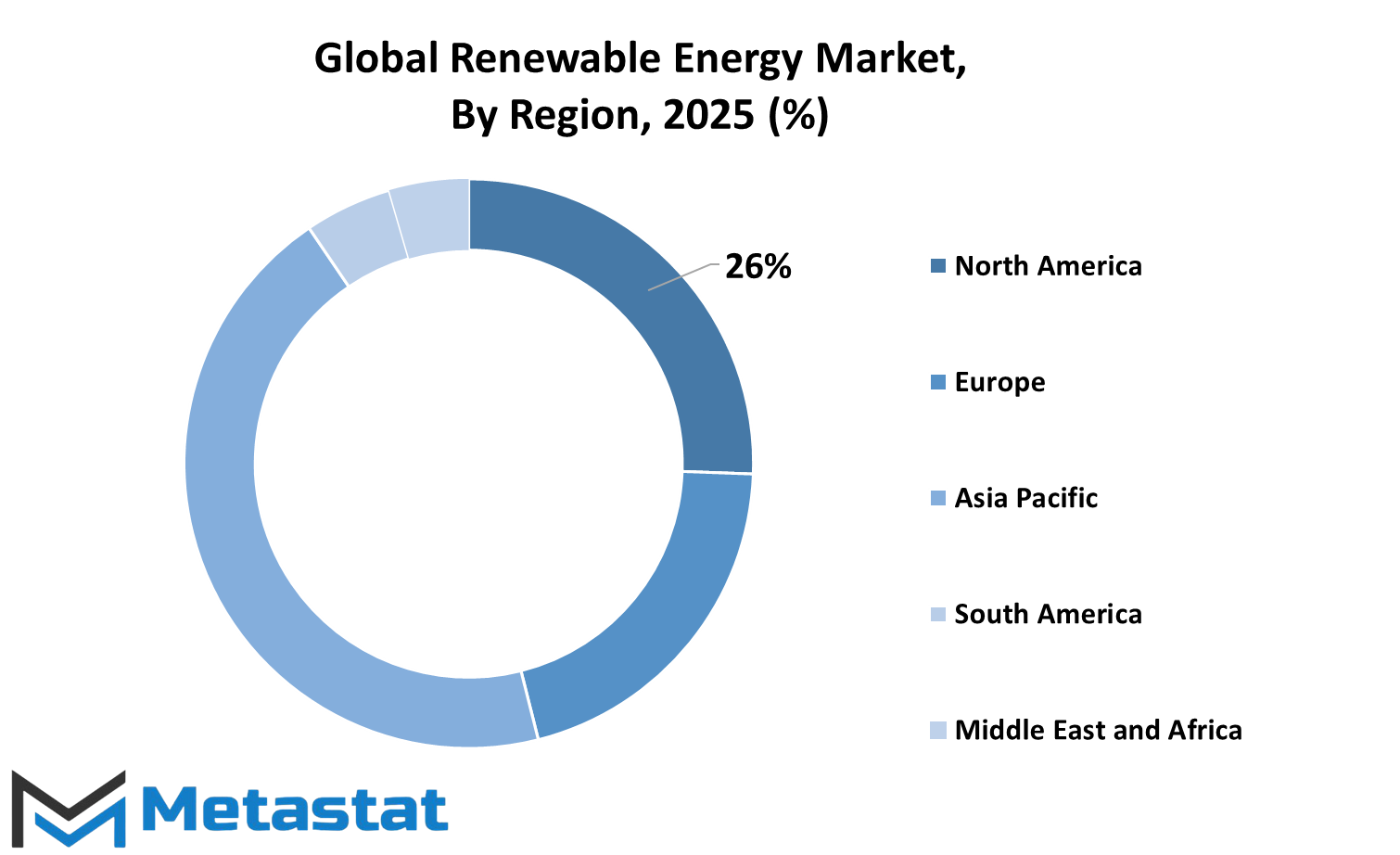
COMPETITIVE PLAYERS
As countries transition more towards renewable sources, the global renewable energy market continues to boom rapidly. It has, in recent years, witnessed an upsurge in searching for cleaner sources of energy because of reasons such as pollution, reducing carbon emissions into the atmosphere, and combating global warming. The sector has experienced huge improvements over the years, motivated by technological change, government policies, and an increased appetite among consumers to go green.
This approach, focusing on less dependence on fossil fuel, contributes to the growth of the renewable energy industry. Countries develop strategies and incorporate policies that encourage renewal resources such as wind, solar, and geothermal in order to reduce reliance on fossil fuel products. Renewable energy also offers other benefits such as employment, long-term security over energy supply.
Many companies are definitely shaping the global renewable energy market by operating innovative projects and making huge investments. The different examples are ReNew that has become the leading individual in the business in building wind and solar energy projects across many regions, and Vestas Wind Systems is one more name in the wind energy industry, providing solutions for the growing demand for wind turbines. Other giants are Siemens Gamesa Renewable Energy, also in a strong leadership position regarding both onshore and offshore wind energy development.
The next large firm really specialized in renewable energy and onshore as well as offshore is Ørsted A/S. The largest power generator company specializing in renewable energy, with large investment in the US for the development of solar and wind power for diversifying its portfolio. A huge Spanish multinational firm, Iberdrola, has managed to expand on renewable energies really fast in developing countries and urged investment into photovoltaic and wind energy systems-all of it falling under one big heading known as sustainable development.
Enel Green Power is acknowledged for its contribution towards the development of renewable energy. It is also known for developing solar and wind power in many continents. Some other major players in the field are Ormat Technologies, which is a geothermal company, and Canadian Solar, which focuses on solar power. A few of the other companies that will be mentioned include JinkoSolar, Hanwha Q CELLS, Suzlon Energy, Acciona Energia, Brookfield Renewable Partners, Invenergy, TotalEnergies, EDF Renewables, and Xcel Energy, Inc.
These key players drive the growth of renewable energy, pushing innovation limits, investing in new projects, and making strategic partnerships to satisfy the world's energy needs sustainably. The efforts they undertake support not only the shift to cleaner energy but also the positioning of renewable energy as a significant participant in the global energy market.
Renewable Energy Market Key Segments:
By Energy Source
- Solar Energy
- Wind Energy
- Hydropower
- Bioenergy
- Geothermal Energy
By Technology
- Onshore
- Offshore
By Application
- Industrial
- Residential
- Commercial
Key Global Renewable Energy Industry Players
- ReNew
- Vestas Wind Systems
- Siemens Gamesa Renewable Energy
- Ørsted A/S
- NextEra Energy
- Iberdrola
- Enel Green Power
- Ormat Technologies
- Canadian Solar
- JinkoSolar
- Hanwha Q CELLS
- Suzlon Energy
- Acciona Energia
- Brookfield Renewable Partners
- Invenergy
WHAT REPORT PROVIDES
- Full in-depth analysis of the parent Industry
- Important changes in market and its dynamics
- Segmentation details of the market
- Former, on-going, and projected market analysis in terms of volume and value
- Assessment of niche industry developments
- Market share analysis
- Key strategies of major players
- Emerging segments and regional growth potential



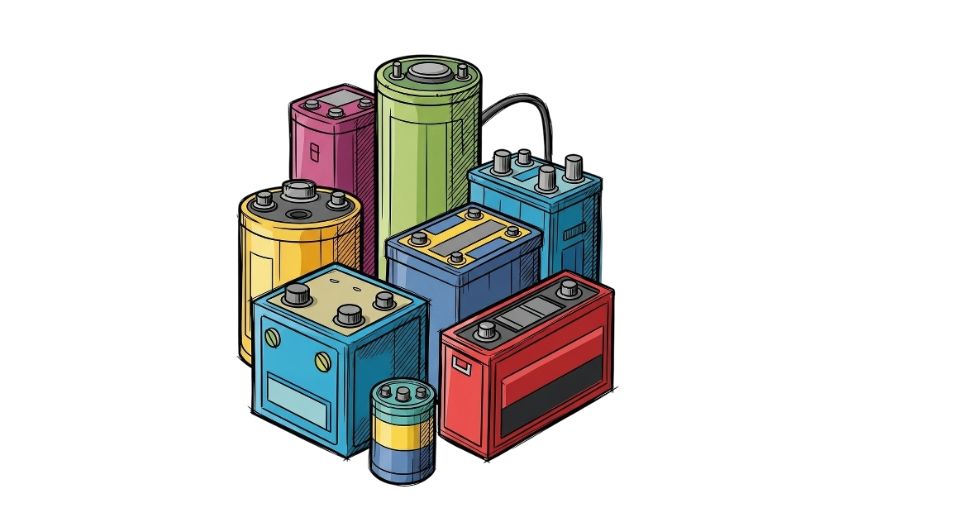
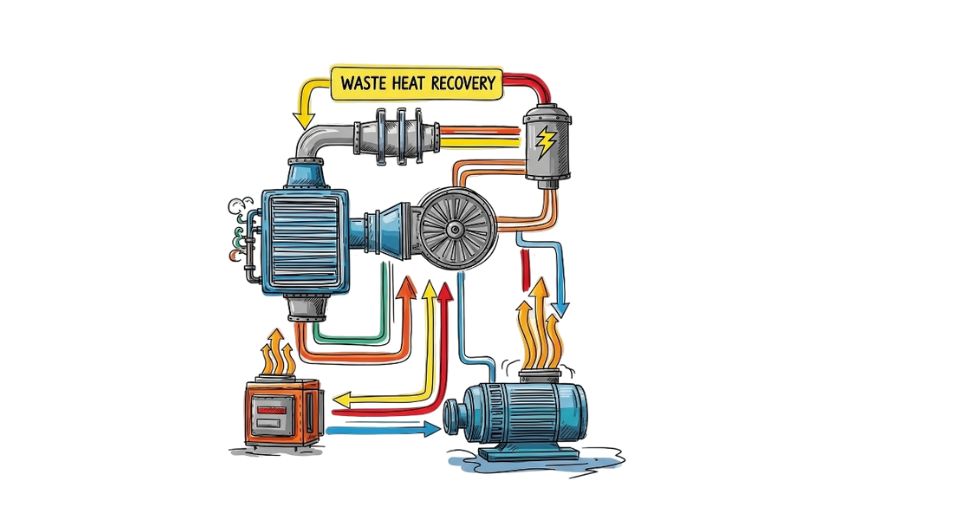

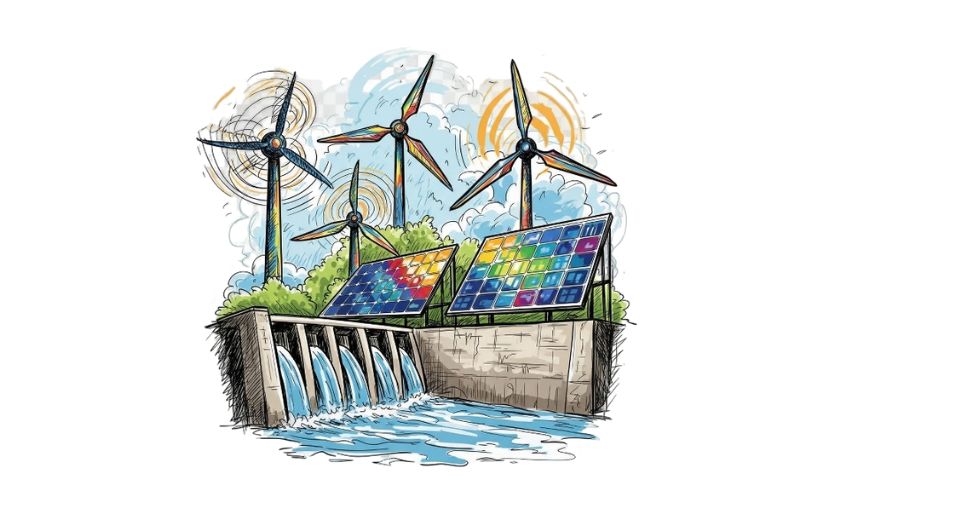

 US: +1 3023308252
US: +1 3023308252






